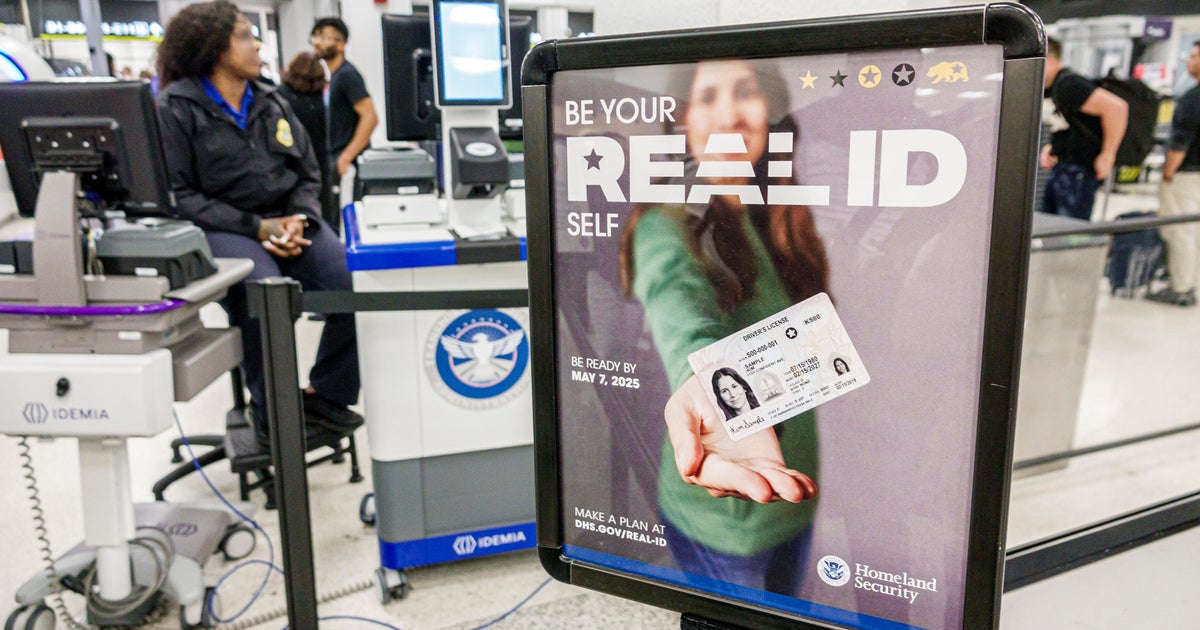Wall Street Recovers As Workers Are Left Behind
NEW YORK (CBSMiami) – Charles Dickens' famous line, "It was the best of times, it was the worst of times," succinctly sums up the difference between workers and corporations as 2014 begins.
On Wall Street, the Dow Jones Industrial Average closed Tuesday at a record high of 16,5766.66. The Dow Jones gained 26 percent in 2013, which was the best yearly performance since 1996. The S&P 500 also closed with a 30 percent gain this past year.
But, while the Dow Jones has jumped by more than 150 percent since bottoming out in 2009, average hourly earnings have risen by just 2.1 percent, roughly the same as inflation, according to the Huffington Post.
Much of the record corporate earnings have been gained by squeezing the workforce to the breaking point.
Plus, while workers are not seeing wages increase, other costs continue to skyrocket, specifically rent.
According to a recent Harvard University study, almost half of all renters in the U.S. are paying more than a third of their monthly income on rent. The study also found 27 percent of renters are "severely" cost burdened, spending more than half of their wages on a place to live.
This has a secondary impact because as rent becomes higher and higher, it takes away more and more disposable income from consumers who drive the U.S. economy. If the economy begins to sputter, businesses cut back on workers further, incomes fall, and the cycle continues.
The Harvard study discovered that while median gross rent increased by six percent, median renter income fell by 13 percent. So where do people cut back the most to meet the increasingly high costs of rent? The study said people decrease food spending by up to 40 percent when rent goes up.
As the economy continues to sputter along from the Great Recession, the recovery will continue, but when all Americans will get to enjoy that recovery remains in question.



